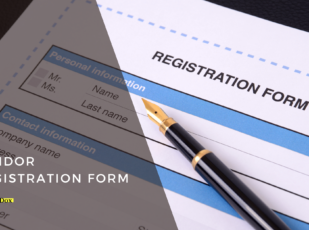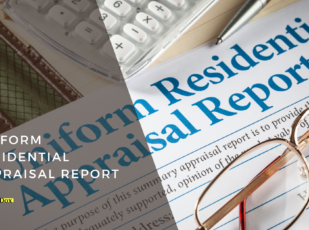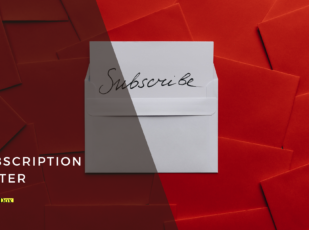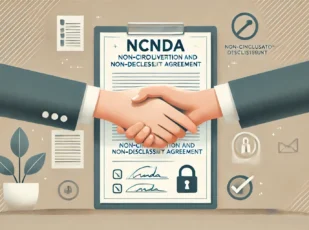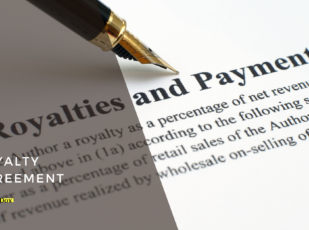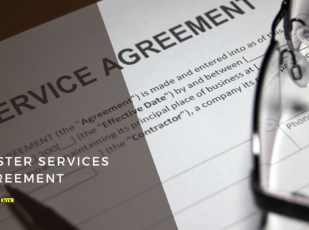
Model Release Form Template
12 Downloads
Commercial, Employment
February 17, 2025
Sayantani Dutta
Securing the right to use images or footage involving individuals, especially minors, is crucial for photographers and any professional in media production. The Model Release Form is a legal document that is often also called a Photography Model Release Form, Video Consent Form, Photo Release Forms, etc. depending on the usage. Professional photographers and videographers use this fundamental document to obtain permission from subjects to use their likenesses in various media formats, including for commercial purposes.
In this document, you will clearly outline the rights being granted by the model, the scope of usage of the media in question, any compensation, and several other critical terms and conditions. Using a Model Release Form is a prerequisite to respect and legally secure the rights of the individuals depicted, protecting both parties involved in the production.
Whether it is for personal or commercial use, a free model release form template is oftentimes insufficient in covering all legal bases (all disclaimers, waivers, and legal requirements under the applicable laws). This is why you need a robust template as a starting point. Today, we are going to discuss the importance and benefits of a Model Release Form, while also covering the risks of using an inadequate template and introducing you to FreshDox.com’s very own template for model consents for photography and video production needs.
Why is a Model Release Form Important?
First of all, let’s talk about the importance of this document. The #1 reason why you need a photo or video release form is to have a legal basis to use the model’s image—whether it is in social media marketing materials or a billboard in a public place in New York. Just like a talent release form, it ensures that you have the right to use the items from the video or photoshoot for your intended purposes.
Apart from the legal clarity, the Model Release Form is also important for protection in any project involving the portrayal of identifiable individuals. This form helps photographers and media producers avoid legal complications related to privacy and image rights.
For the model or subject, the form provides transparency regarding how their image or likeness will be used and assures them of their rights. Without this, the subject will not know the extent to which their likeness can be used. It also clarifies exactly what purposes can the material be used for—let’s say for an ad film and related marketing materials, but not regular social media posting.
The release agreement also covers any provisions for further editions, adaptations, or retouching that might be required on the raw photographs that the media producer deems necessary before release. A standard model release for photography or videography, therefore, is extremely important.
This signed release not only facilitates ethical practices but also improves the professional credibility of the photographer or producer by ensuring all legal bases are covered. In the future, such a photographer will not be contracting a law firm for expensive legal advice for any lawsuits.
If the subject is less than 18 (or 21—depending on the jurisdiction) years of age, then the photographer or the filmmaker needs to take consent from the legal guardian and include their contact information. Also, some states might have specific rules that you must adhere to. In California, for example, you need a model release if you want to use a photo of someone in a private space. In Florida, that might not be important.
Operating Without a Comprehensive Model Release Form
Taking pictures of people and using them in commercial marketing materials such as brochures or ad films is okay if the setting is public—like in front of a crowded building or people snapped in a cityscape shot. But in most states, if you are using a person, specifically, for promotional or marketing purposes, then you need to get consent.
For this, you need a comprehensive Model Release Form. Without it, a photographer or media producer is exposing themselves to significant legal risks. If there is no explicit consent documented in a model release, the use of an individual’s likeness can lead to claims of invasion of privacy or misappropriation of image—potentially resulting in costly litigation and reputational damage.
Moreover, lacking a model release may restrict the commercial use of images because many publishers and advertisers require such documentation to avoid legal risks on their end.
A lot of photographers or media producers will go on Google and search for a free template. They will download the first generic template they see and create their own form based on that. On the surface, it might feel okay but in reality, a generic, free template might be lacking the coverage you need for proper legal safeguards.
More often than not, these form templates can open you up to significant risks. That is why you are recommended to go with a premium and highly customizable template that already has all the clauses you might need. Based on your exact requirements, you can choose to add, remove, or edit these terms/clauses/sections and have a unique Model Release Form for your use case. This is remarkably better than generic templates and can help you avoid expensive legal repercussions or hurdles in using likenesses commercially as per your intention.
What Does a Model Release Form Include?
Let’s now look at the key elements that make up an ideal Model Release Form. Typically, there are five key elements. These include:
- Identification of Parties: All jurisdictions require this. The identification of parties section will include the full names and contact information of the photographer/media producer and the model or subject.
- Description of Media: Next, the form will include a section describing the nature and type of media in question. This includes the specification of the photographs, video, or other media in which the model’s image or likeness appears.
- Usage Rights: The usage rights section will provide detailed information on how the media will be used—including where, when, and in what context. This might include limitations on the geographic or temporal scope of the usage.
- Compensation: In this section, you will put the terms about any compensation or consideration provided to the model/subject in exchange for the rights granted. Often, a small fee is paid to non-professional models while professional models might have their own charges. This will be pre-decided and then put in the Model Release Form for everyone’s clarity, reference, and legal basis.
- Release of Claims: Lastly, you will have a Release of Claims. This is essentially a statement in which the model waives any claims against future uses as specified by the agreement. More specifically, up to the level determined by the agreement’s various clauses and scope, the individual cannot have a problem with the use of their photos and videos.
In some cases, your document might need more or fewer sections than these. The contents of each section might change as well. It is always recommended to begin with a comprehensive template for your Model Release Form that covers all bases. There, you can add/remove sections as per your need and introduce your own points. This way, you will have a unique form that suits your needs.
FreshDox.com’s Model Release Form Template
We help photographers and media producers manage the legal rights associated with using someone’s likeness efficiently. Here at FreshDox.com, we offer a professionally designed Model Release Form Template—developed with the input of legal experts familiar with intellectual property and privacy laws. Our template is comprehensive and leaves no space for ambiguities or confusion.
If you want to ensure that all necessary permissions are securely and clearly documented, FreshDox.com’s Model Release Form Template is the right place to start. Once you subscribe to an account, you gain access to many more document templates covering all use cases—legal, business-related, and professional.
Our templates are fully customizable and come in both PDF and Word formats. What’s more, you even have the option to utilize our 14-day trial period—during this, you can freely explore the benefits of our Basic and Premium subscription plans! Basic Members can download up to three document templates a month whereas Premium Members enjoy unlimited downloads. Whether you are a freelance photographer, media company, or production house—our template has you covered.
You can use our Model Release Form Template and safeguard your projects against potential legal issues and make sure that your work is compliant with relevant laws. In other words, with our template, you have peace of mind that allows you to focus on creativity and production. So, wait no more! Sign up today and secure the necessary legal protections for your photography or media projects!
Related Templates
Discover more templates that align with your needs and preferences.

Ready to Sign Up?
Sign up for FreshDox.com’s 7-day trial and discover why so many individuals and businesses trust us for their legal document template needs.
- Cancel any time
- 7-day free trial
- From 300+ Customer Reviews



